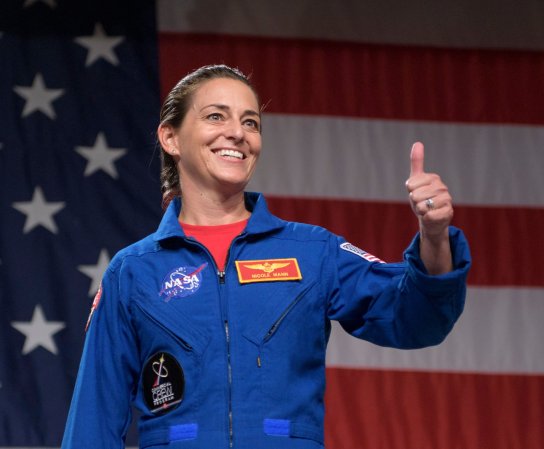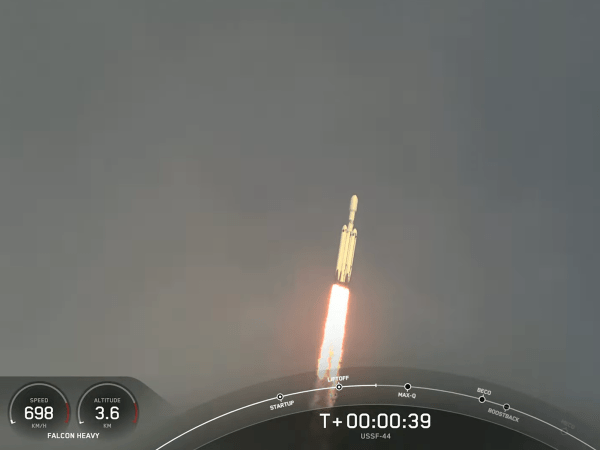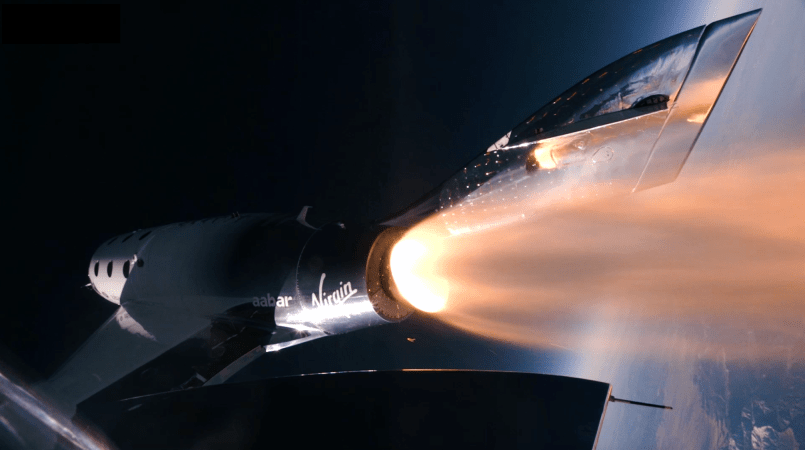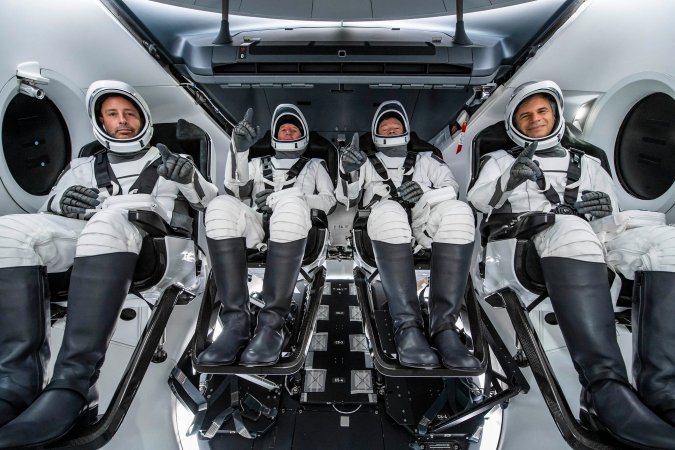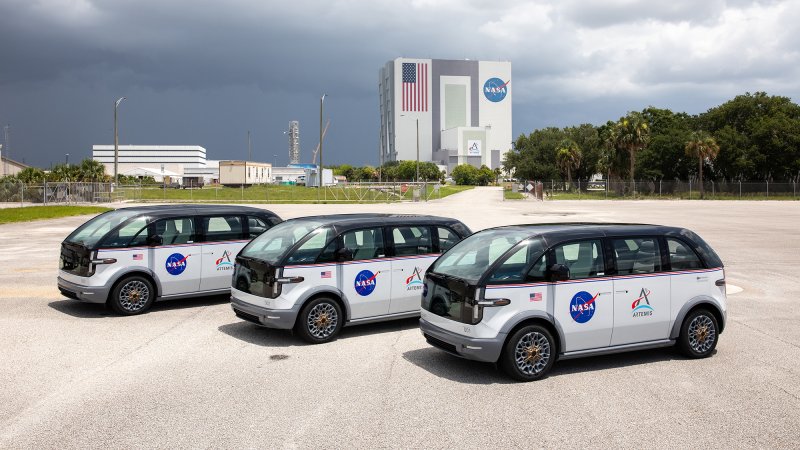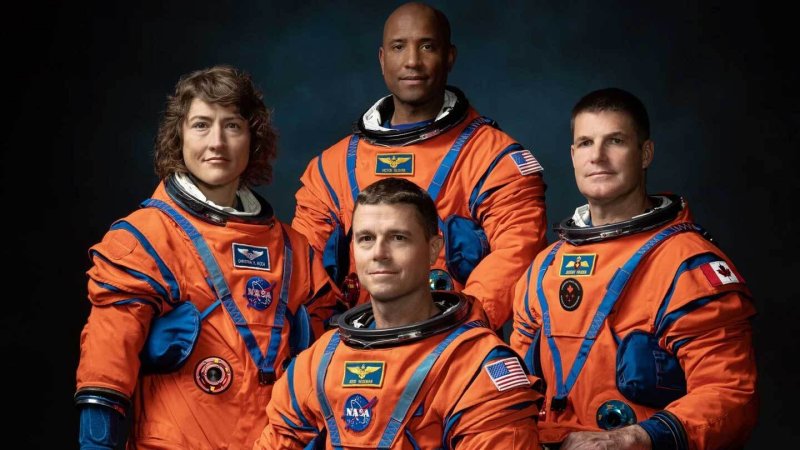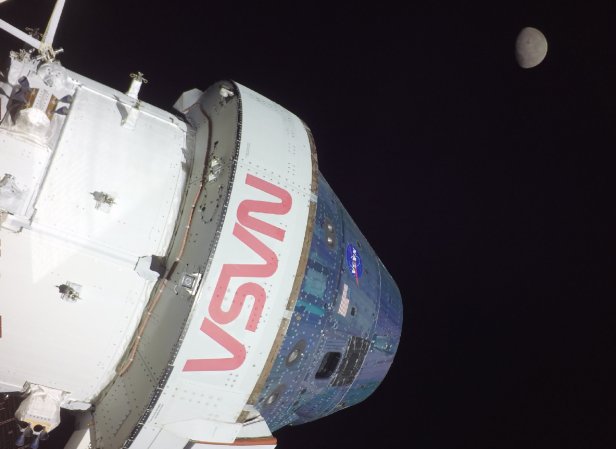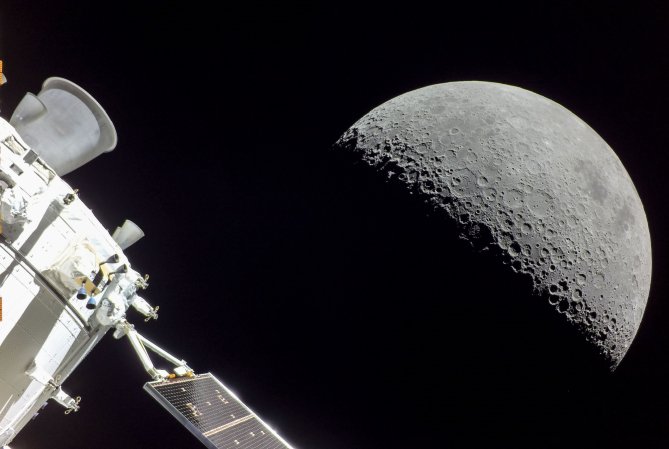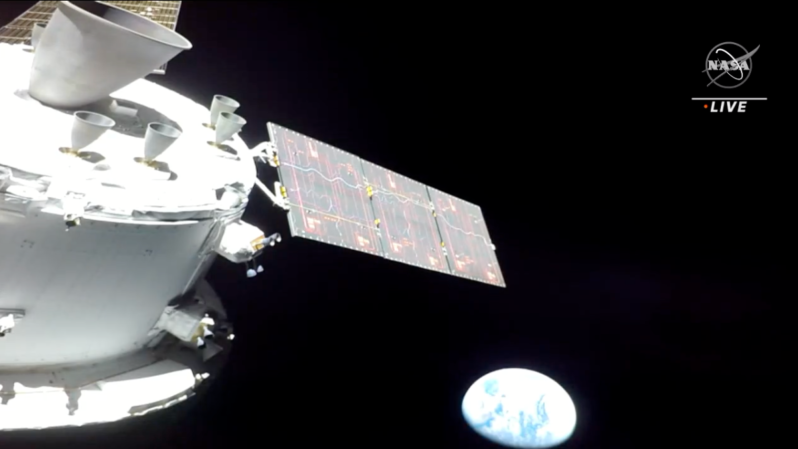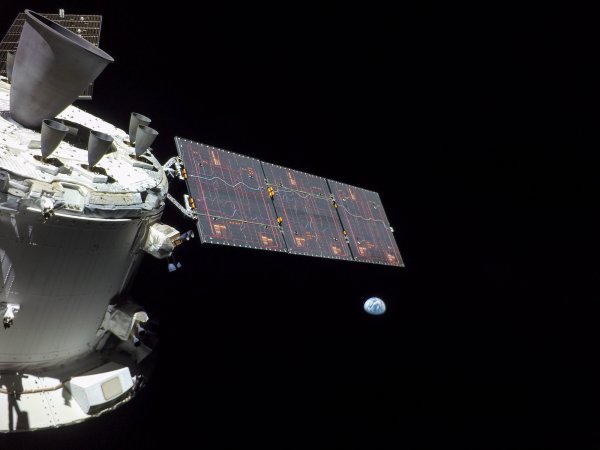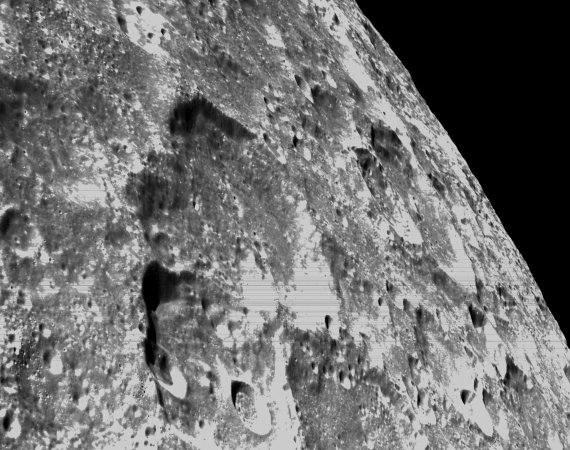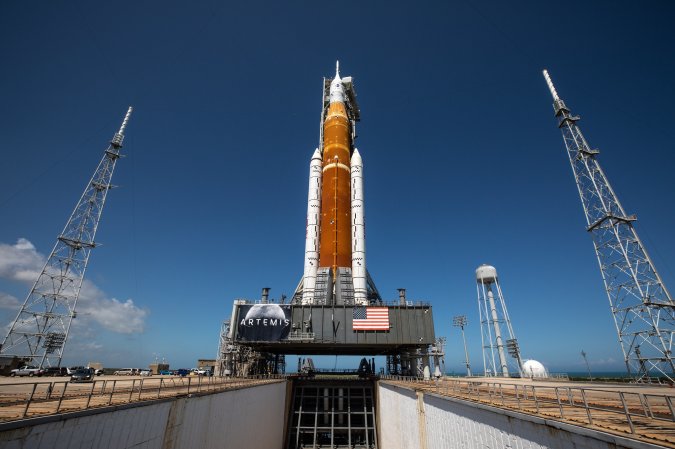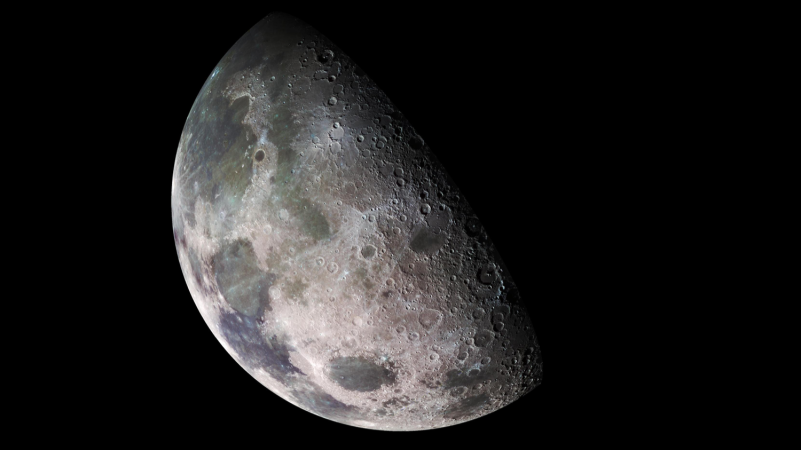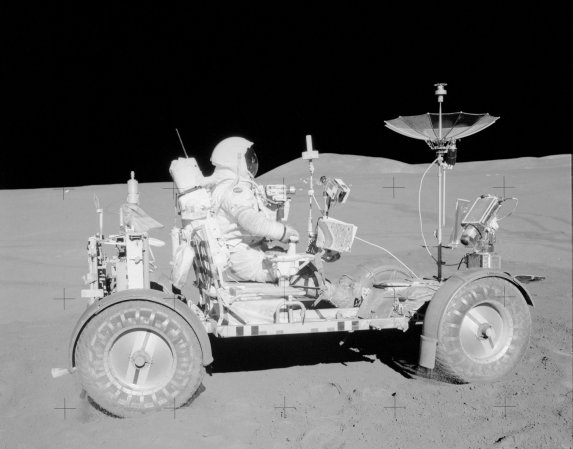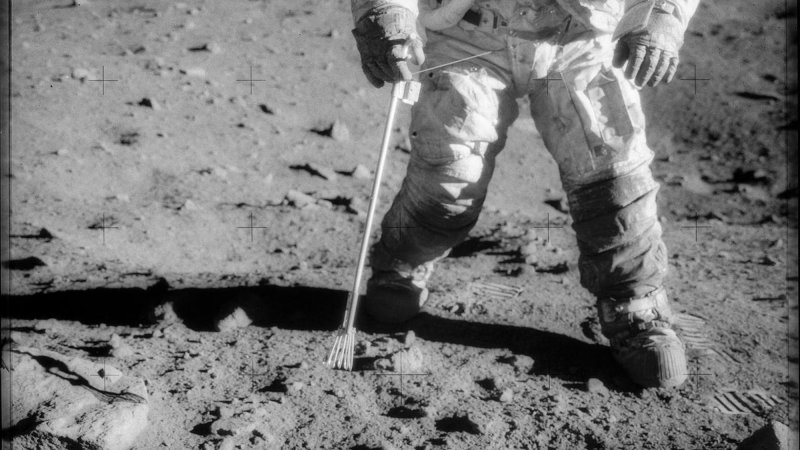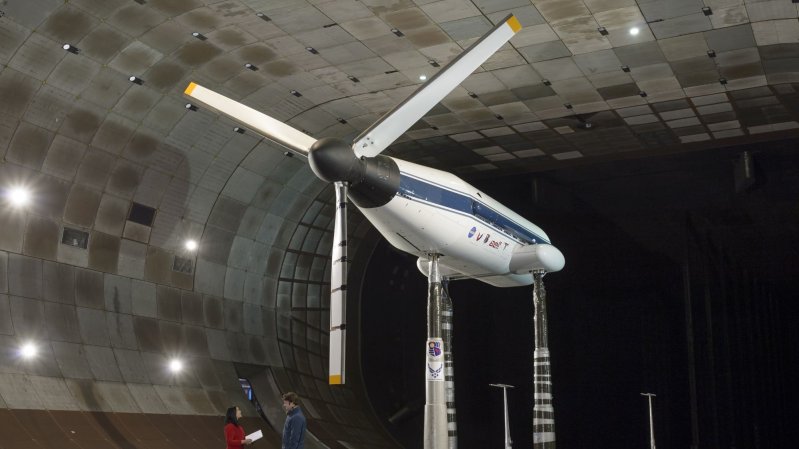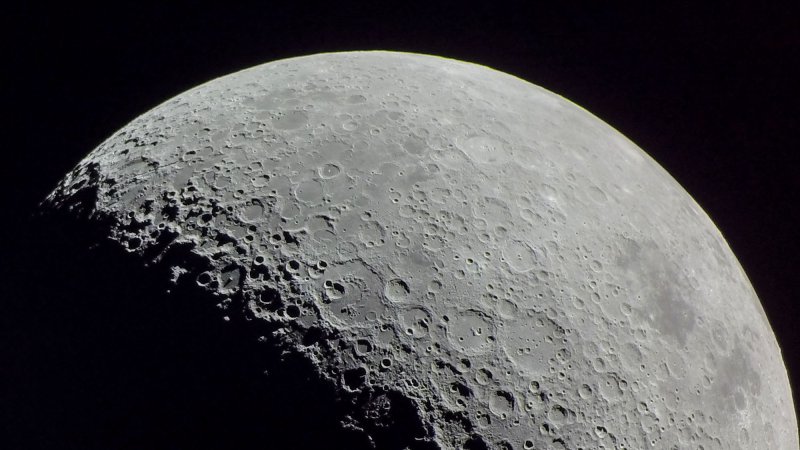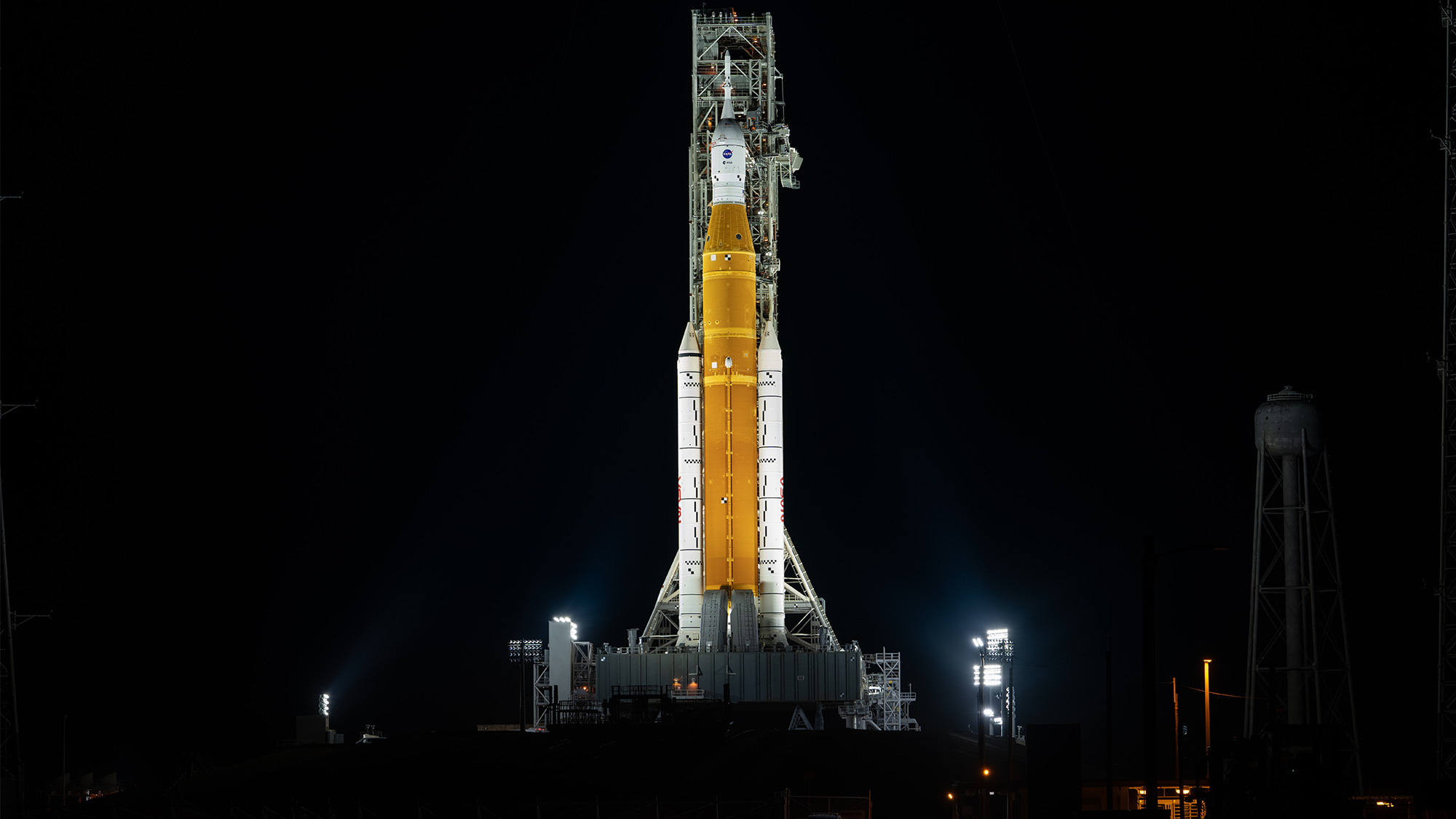

On January 9, NASA leadership announced that it is delaying future missions to the moon. Originally slated to launch November 2024, the Artemis II mission that will send four astronauts around the moon has been postponed to September 2025. Meanwhile, the moon-landing mission Artemis III will now aim for September 2026 instead of late 2025. The Artemis IV mission remains on track for September 2028.
[Related: Inside NASA’s messy plan to return to the moon by 2024.]
The agency cited safety concerns with its spacecraft and development issues with the lunar landers and spacesuits, both of which are being made by private industry. The announcement came within hours of private space company Astrobotic abandoning its attempt to land a spacecraft on the moon due to a fuel leak. Peregrine Mission One launched on January 8 as part of NASA’s commercial lunar program and the lander was intended to serve as a support scout for Artemis astronauts.
When it eventually launches, Artemis II will not enter orbit around the moon the way that Apollo missions did. Instead, the Orion capsule will swing around the moon and use lunar gravity to sling the spacecraft back towards the Earth. The entire trip is expected to take about 10 days. In April 2023, NASA announced that the crew will be three of its astronauts—Victor Glover, Christina Koch, and Reid Wiseman—and Canadian astronaut Jeremy Hansen.
NASA plans to land two astronauts on the moon near its south pole for the first time in its now rescheduled Artemis III mission. If successful, it will mark humanity’s first return to the lunar surface in over 50 years.
“Safety is our top priority, and to give Artemis teams more time to work through the challenges with first-time developments, operations and integration, we’re going to give more time on Artemis II and III,” NASA Administrator Bill Nelson said in the live streamed briefing.
The officials cited several technical issues for the delay, including the electronics in the life support system that will need to sustain the astronauts inside the Orion and the heat shield on the capsule.
According to deputy associate administrator for NASA’s Moon to Mars program Amit Kshatriya, the heat shield issues that the Orion capsule experienced during the uncrewed Artemis 1 test flight around the moon in November and December 2022 have been a major concern while the data from that mission has been analyzed. They’ve found that while Orion’s heat shield sufficiently protected the capsule, a large amount of the shield was burned away from the spacecraft.
[Related: Before the Artemis II crew can go to the moon, they need to master flying high above Earth.]
“We did see the off-nominal recession of some char that came off the heat shield, which we were not expecting,” Kshatriya said in the briefing. “Now, this heat shield is an ablative material—it is supposed to char—but it’s not what we were expecting, with some pieces of that char to be liberated from the vehicle.”
Over the past 10 years, NASA’s moon-landing effort has been delayed repeatedly. In December 2023, the Government Accountability Office reported that Artemis III’s targeted December 2025 lunar landing was unlikely. The accountability office cited an optimistic schedule for developing Space X’s Starship lunar lander and the spacesuits necessary for walking on the moon. In 2023, two Starship test launches failed to reach orbit.
These delays have added billions of dollars to the cost of the program. According to the Associated Press, recent government audits project that it will cost $93 billion through 2025.


